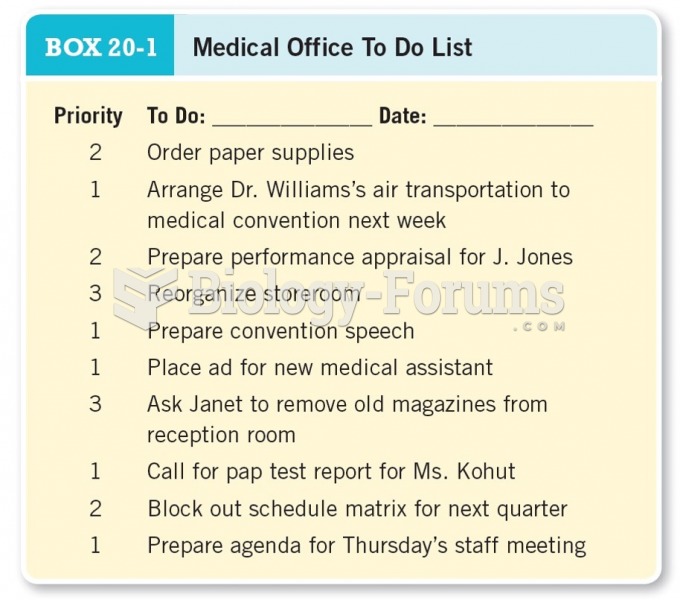Answer to Question 11) Lower risk of early death. Strong scientific evidence shows that physical activity reduces the risk of premature death (dying earlier than the average age of death for a specific population group).
2) Improve cardiovascular health. Physically active people have a substantially lower overall risk for coronary heart disease. This favorable effect is thought to be due to larger coronary arteries and increased heart size and pumping capacity. As the heart becomes more efficient, heart rates decline, resulting in resting rates of about sixty beats per minute in trained athletes. Also, regular physical activity decreases serum triglyceride and increases levels of high-density lipoprotein (HDL), a cholesterol-carrying blood protein associated with a lower risk of cardiovascular disease.
3) Positive effect on blood pressure. Recurrent physical activity has been shown to prevent or delay the onset of high blood pressure, and regular exercise reduces blood pressure in people with hypertension. This positive effect is thought to be due in part to a reduction in circulating low-density lipoprotein (LDL) cholesterol and fats, thereby increasing flexibility of blood vessel.
4) Reduced risk of cancer. In general, regular exercise is associated with lower rates of cancer. There is a reduced risk of colon cancer, in particular, and possibly cancers of the prostate and endometrium (the lining of the uterus). There was evidence for a dose-response effect found in the majority of studies that examined the role of physical activity in breast cancer prevention. The strongest associations were found for recreational and household activities and for activity that was of at least moderate intensity and sustained over a lifetime.
5) Lower risk of developing type 2 diabetes. Physically active muscles enhance insulin sensitivity, readily accept glucose, and lower blood glucose levels. As a result, regular physical activity lowers the risk of developing type 2 (non-insulin-dependent) diabetes and helps control blood sugar levels for those who have the condition.
6) Weight control. Since energy intake has not increased over the past few decades, several experts believe the expanding prevalence of obesity in North America is attributed to a progressive decrease in the amount of calories expended for work, transportation, and personal chores. Regular physical activity is inversely related to rate of weight gain with age and plays a key role in long-term weight control and/or maintenance of weight loss. Another advantage of regular physical activity for adults and children is the favorable effect on body fat distribution away from the abdominal area, which is associated with the development of several chronic disease states.
7) Promotion of optimal bone density. Physical activity, especially weight-bearing exercise, produces a force on the bones that contribute to building bone and help protect against osteoporosis.

Enhanced psychological well-being. Physical activity counters anxiety and depression and improves mood and the ability to cope with stress. These benefits may be due to chemical alterations in concentration and/or activity of dopamine, norepinephrine, and serotonin. Also, the release of a morphine-like substance may contribute to the relief of pain and a feeling of euphoria.
9) Enhanced immune system. Moderate physical activity is associated with resistance to colds and other infections; however, very strenuous activity can have an adverse effect on the immune system.
10) Reduced risk of falls. Falls among older individuals can be debilitating. Increasing evidence indicates that balance, strength, and flexibility training can reduce the risk of falling and allow maintenance of an independent living status. Research studies on physical activity to prevent hip fracture show that participating in 120 to 300 minutes a week of moderate levels of activity, including walking, are associated with substantially lower risk of hip fracture in postmenopausal women and older adults.
Answer to Question 2c







